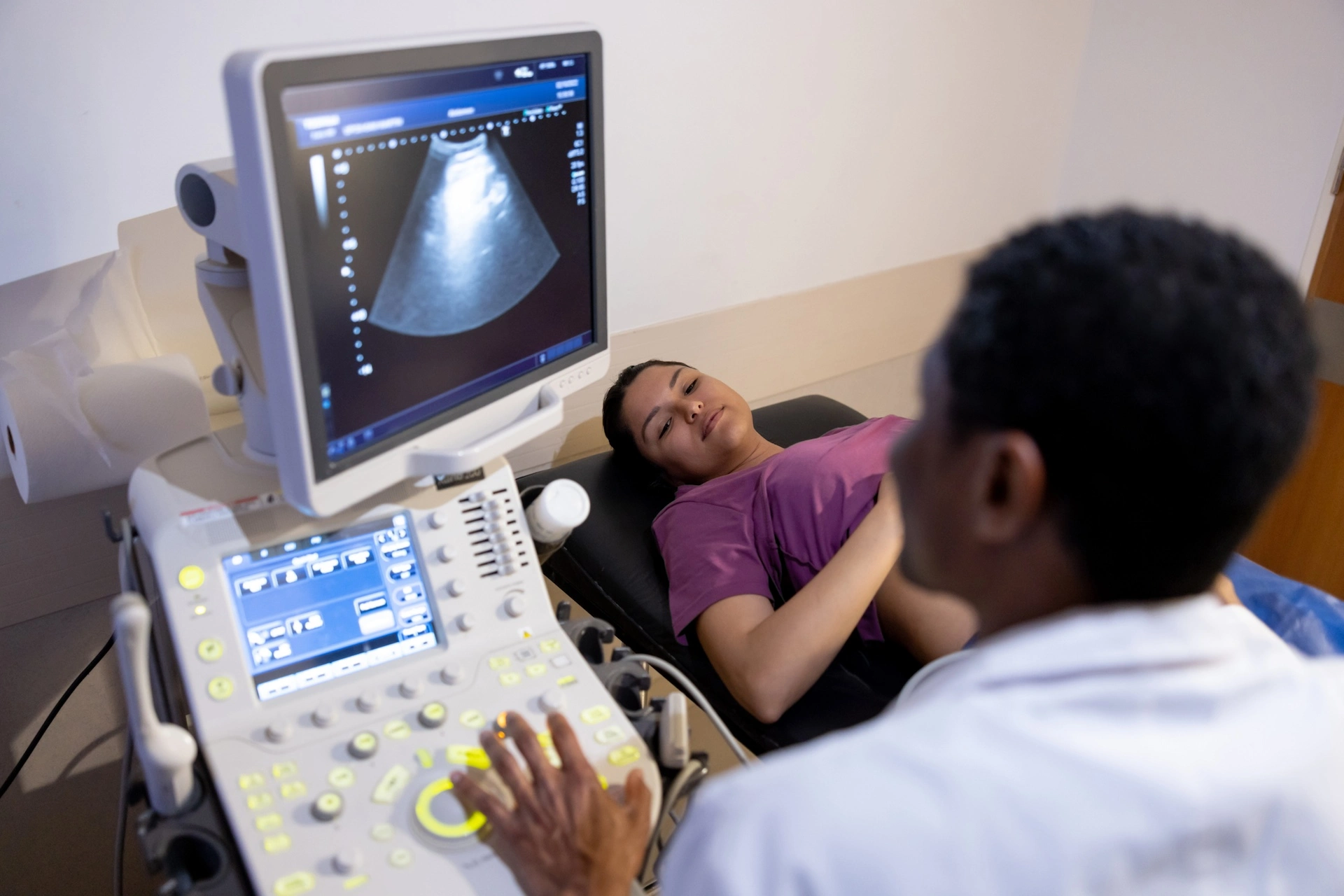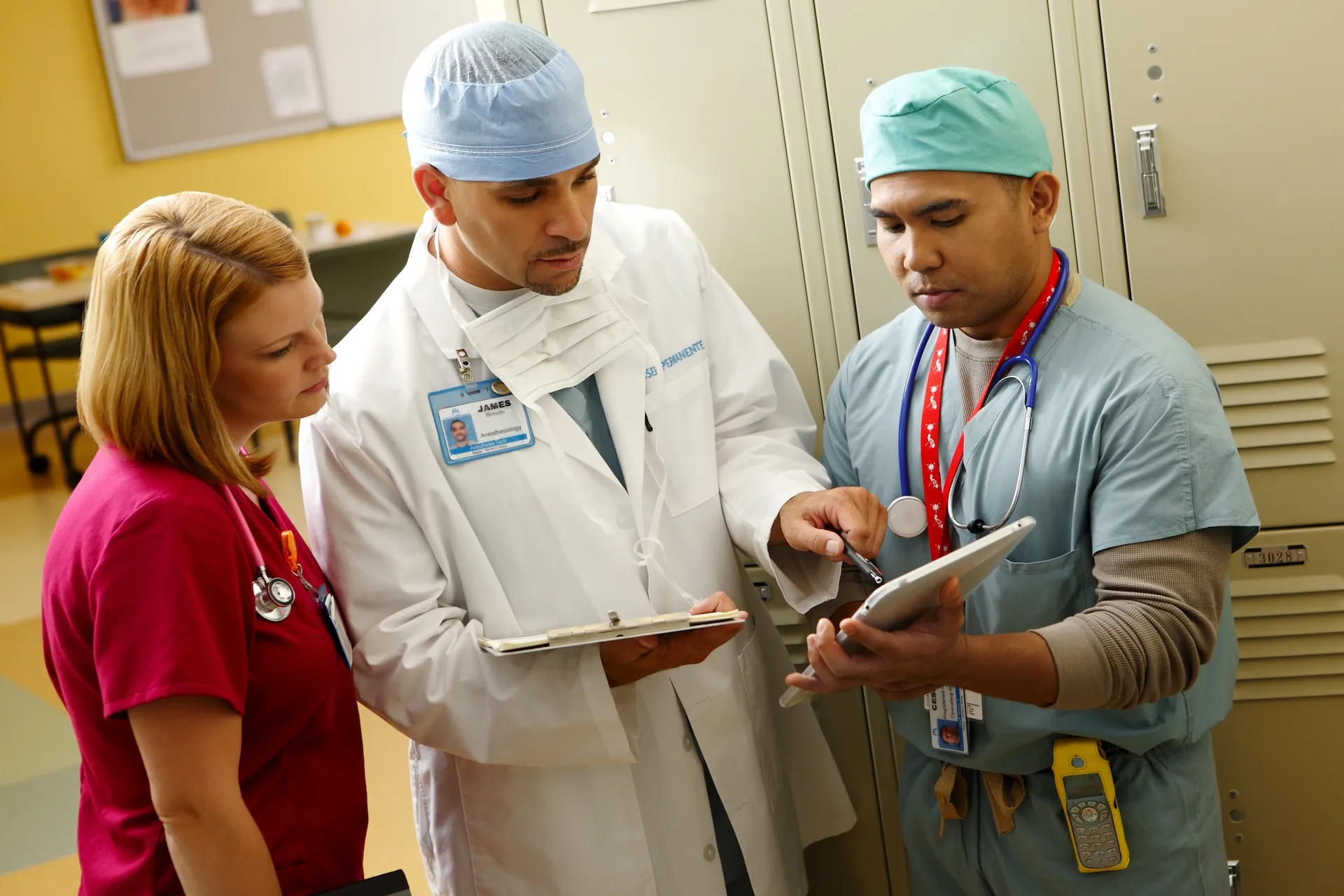Delivery Science fellow Alison Fohner is learning to apply advanced computational tools to vast datasets, revealing new patterns that could improve treatment of sepsis and other conditions
People’s genomes and medical records hold a wealth of data that can help physicians design personalized treatment plans for many medical conditions, but much of this potential remains untapped. Alison Fohner, PhD, a second-year Delivery Science Fellow at the Kaiser Permanente Northern California Division of Research, is learning advanced computational techniques to expand the possibilities of personalized medicine.
“I’ve always been interested in patterns and how we can distill huge amounts of information into concrete stories that can change how we treat patients,” says Fohner, who holds a PhD in public health genetics from the University of Washington. (Fohner is now assistant professor at University of Washington an adjunct at the Division of Research.)
Fohner came to Kaiser Permanente in order to merge her expertise in genetics with training in clinical informatics, the use of advanced data analytics to improve healthcare. As part of her training, she delved into Kaiser Permanente’s robust collection of electronic medical records from people treated for sepsis, a life-threatening response to infection and the leading cause of death in hospitals.
Reading electronic medical records like books
When patients come to the hospital with sepsis, they are usually treated according to just a few characteristics, such as the primary site of infection, severity of organ disfunction, and species of the infecting microbe. “The problem is that sepsis patients who are traditionally classified together and treated the same way often end up with very different disease progression and outcomes,” Fohner says.
These differences between sepsis patients provided Fohner with a unique opportunity to learn and apply new tools for analyzing large data collections.
With mentorship from Division of Research scientists Vincent Liu, MD, MS, and Gabriel Escobar, MD, Fohner learned to use latent Dirichlet allocation, a computational tool first developed to categorize written texts such as books by topic, according to the words they contain. She used this method to lead the analysis of electronic medical records for 35,000 sepsis patients admitted to Kaiser Permanente Northern California emergency departments.

“For us, patients were the books, and items in their electronic medical records were the words,” Fohner says. The analysis considered almost 2 million items, such as clinical tests and medications, and categorized them into 46 different topics associated with similar clinical needs. This gave each patient a distinct “signature” with percentages for each topic.
The results confirmed that patients who would traditionally be grouped together in studying sepsis often have very different clinical signatures. For instance, between two patients both classified as having extreme organ disfunction (shock) one might have underlying heart disease and diabetes while the other is otherwise healthy. Differences like these may help explain variations in outcomes between sepsis patients.
“Our computational approach could be used to develop new ways of classifying sepsis patients so that eventually treatments can be more personalized and outcomes improved,” she says. “The same principles could also be applied to other medical conditions.”
Fohner recently presented these findings at the 2018 American Thoracic Society (ATS) International Conference in San Diego, where she was honored with an ATS Abstract Scholarship for the project.
A toolkit to find useful patterns in big data
Fohner has applied the computational tools she has learned with Liu and Escobar to her other work as a Delivery Science Fellow, including a collaboration with Cathy Schaefer, PhD. Together, they have analyzed data from Kaiser Permanente’s vast Research Program on Genes, Environment and Health database in order to better understand relationships between patient genetics and their responses to treatment with the anti-epileptic drug Dilantin.
“Integrating machine learning with genetics is a powerful opportunity for breaking boundaries in precision medicine,” she says. “I wanted to learn methods that can be applied to huge amounts of data to surface new insights that traditional methods cannot.”
Fohner plans to apply her new informatics toolkit at the University of Washington in Seattle, where she will become a faculty member next month. She credits the Delivery Science Fellowship Program, and specifically the Clinical Informatics Research Fellowship, with providing a unique opportunity to develop the precise skills she needs.
“Drs. Liu and Escobar are really pushing the envelope in applying predictive tools to electronic medical records,” she says. “The level of access I’ve had to them and the autonomy I’ve had to pursue my own research are almost unheard of in other postdoc programs.”
The Delivery Science Fellowship Program is currently accepting new applicants.
# # #





This Post Has 0 Comments